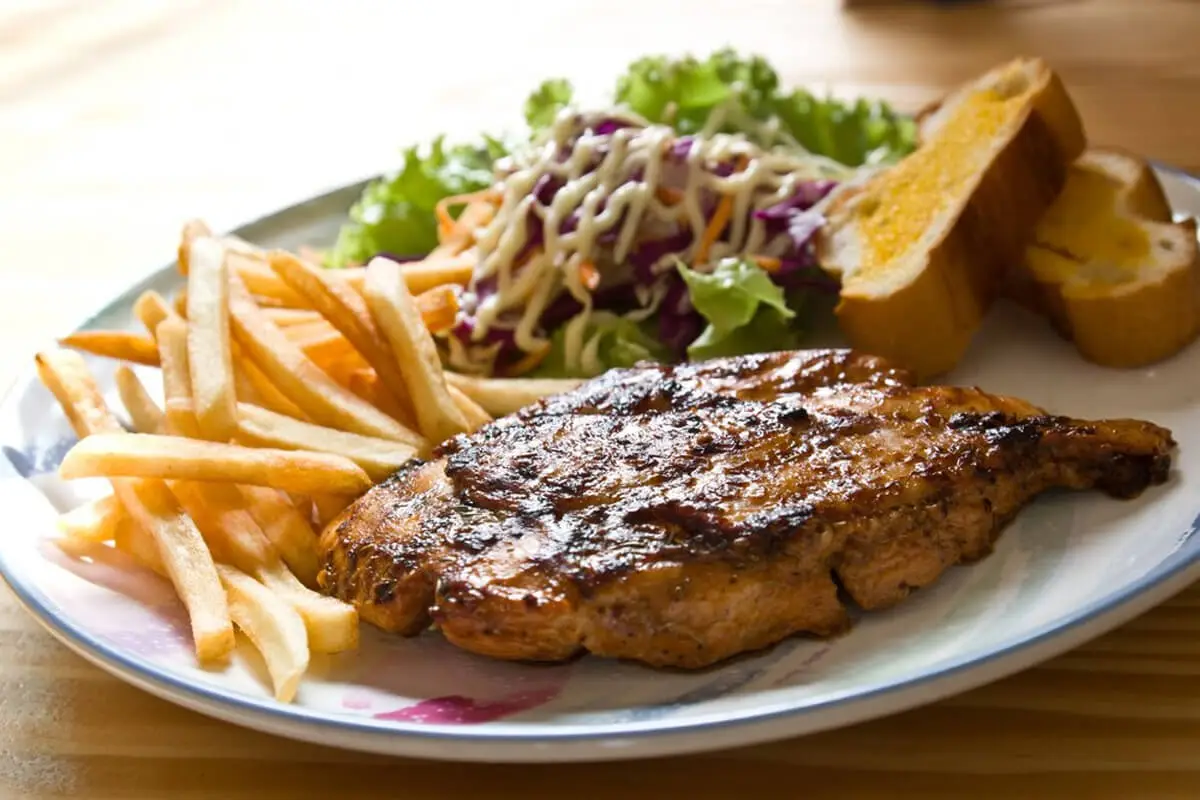If you’re looking to elevate your grilling game, a pellet grill recipe is the perfect way to do it. With the ability to infuse food with rich smoky flavors and maintain precise temperatures, pellet grills have become a favorite among backyard chefs. Whether you’re cooking up tender meats, flavorful veggies, or even desserts, mastering pellet grill recipes opens up a world of delicious possibilities. In this article, we’ll explore some of the best recipes and tips for making the most of your pellet grill.
Introduction to Pellet Grilling
What Is Pellet Grilling?
Pellet grilling combines the flavorful magic of traditional wood smoking with modern convenience. Unlike gas or charcoal grills, pellet grills use compressed wood pellets as fuel. These pellets are fed into the grill via an automated auger system, providing consistent heat and smoke for even cooking. The result? Perfectly grilled or smoked dishes every time.
Benefits of Using a Pellet Grill
Using a pellet grill is like having a culinary cheat code. Here’s why:
- Precision Cooking: Say goodbye to flare-ups or uneven cooking.
- Versatility: Whether you’re grilling, smoking, baking, roasting, or even braising, a pellet grill has your back.
- Authentic Flavor: The wood pellets impart a smoky, rich taste that’s hard to beat.
Overview of Pellet Grill Recipes
When it comes to pellet grill recipes, the options are virtually limitless. This cooking method offers unparalleled versatility, from juicy smoked ribs to grilled veggies and even desserts. This guide will walk you through beginner-friendly recipes, advanced techniques, and everything in between. Buckle up—you’re about to become the grill master of your neighborhood.
Getting Started with Your Pellet Grill
Choosing the Right Pellet Grill
Selecting the perfect pellet grill can feel overwhelming, given the plethora of options available. However, focusing on key features can simplify the decision-making process. First, consider the grill’s cooking capacity. Think about the number of people you typically cook for and the types of dishes you plan to prepare. A larger cooking surface is beneficial for hosting gatherings, while a smaller one suffices for intimate family meals.
Next, evaluate the temperature range. A versatile pellet grill should offer a broad spectrum, allowing you to smoke at low temperatures and sear at high heat. Additionally, assess the build quality. Stainless steel components resist rust and enhance durability, ensuring your investment stands the test of time.
Lastly, explore additional features such as Wi-Fi connectivity for remote monitoring, ease of cleaning, and warranty terms. Balancing these factors will guide you to a pellet grill that suits your needs and budget.
Essential Accessories for Pellet Grilling
To elevate your pellet grilling experience, certain accessories are indispensable. A reliable meat thermometer ensures your dishes are cooked to perfection, preventing undercooking or overcooking. Grill mats can be handy for cooking delicate items like vegetables or fish, preventing them from sticking or falling through the grates.
Consider investing in a quality grill cover to protect your equipment from the elements, prolonging its lifespan. Additionally, heat-resistant gloves provide safety when handling hot components, and a sturdy set of grilling tools—tongs, spatula, and basting brush—facilitate seamless cooking.
Types of Wood Pellets and Their Flavors
The choice of wood pellets significantly influences the flavor profile of your dishes. Here’s a quick guide to popular options:
- Hickory: Offers a strong, smoky flavor, ideal for red meats and pork.
- Mesquite: Provides an intense, earthy taste, perfect for beef and game meats.
- Apple: Delivers a mild, sweet flavor, complementing poultry and pork.
- Cherry: Imparts a subtle fruity essence, suitable for all meats, especially ham.
- Pecan: Combines a rich, nutty flavor with medium smokiness, great for baking and poultry.
Experimenting with different wood pellets can enhance your pellet grill recipes, allowing you to tailor flavors to your preferences.
For more grilled recipe ideas, check out our Grilled Chicken Salad Recipe
Mastering Temperature Control
Understanding Temperature Settings
Achieving mastery in pellet grilling hinges on precise temperature control. Most pellet grills feature digital controllers that allow you to set and maintain specific temperatures. Understanding these settings is crucial. Low temperatures (180°F to 225°F) are ideal for smoking, imparting a rich, smoky flavor over extended cooking times. Medium ranges (225°F to 350°F) suit roasting and baking, while high temperatures (350°F to 450°F) are perfect for grilling and searing.
Tips for Maintaining Consistent Heat
Consistency is key in pellet grilling. To maintain steady heat:
- Keep the Lid Closed: Frequently opening the lid causes temperature fluctuations. Use a meat thermometer to monitor progress without lifting the lid.
- Ensure Adequate Pellet Supply: Regularly check the hopper to prevent running out of pellets mid-cook, which can cause temperature drops.
- Clean the Grill Regularly: Ash buildup can obstruct airflow, affecting temperature stability. Routine cleaning promotes consistent performance.
- Protect from Wind: Windy conditions can disrupt heat distribution. Position your grill in a sheltered area to mitigate this effect.
Common Temperature Ranges for Various Recipes
Different dishes require specific temperature settings to achieve optimal results. Here’s a quick reference:
- Smoking Brisket: 225°F for several hours until tender.
- Grilling Steaks: 400°F to 450°F for a perfect sear.
- Roasting Chicken: 350°F to 375°F for juicy, well-cooked meat.
- Baking Pizza: 450°F for a crispy crust.
Understanding and utilizing appropriate temperature ranges will enhance your pellet grill recipes, ensuring each dish is cooked to perfection.
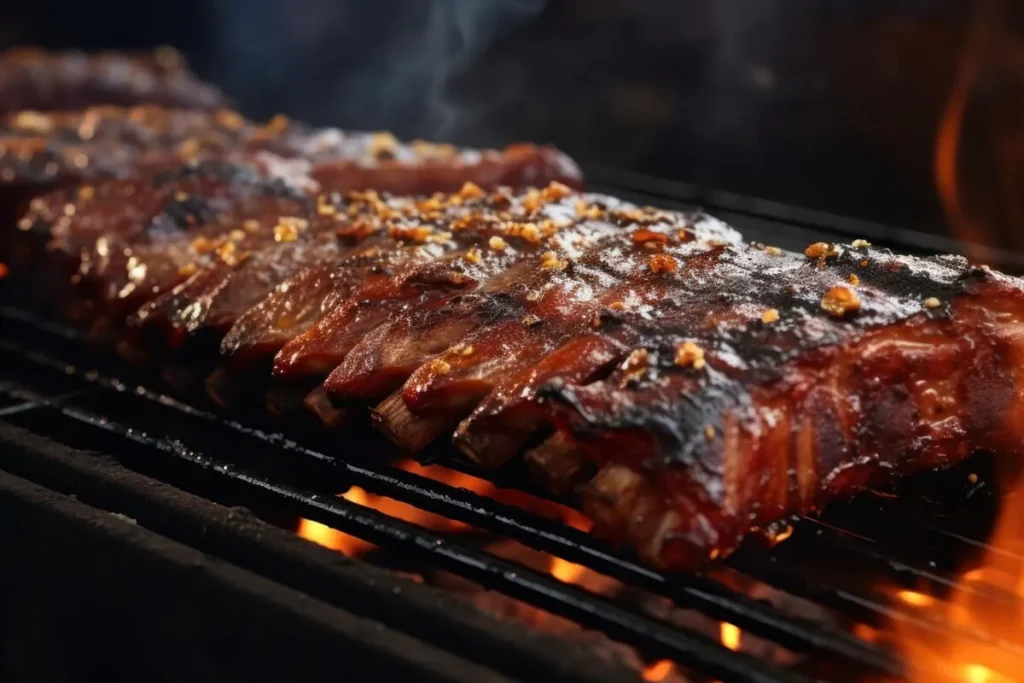
Essential Pellet Grill Recipes for Beginners
Classic Smoked Brisket
Smoking a brisket is a rite of passage for any pellet grill enthusiast. This cut of meat, when cooked low and slow, transforms into a tender, flavorful masterpiece.
Ingredients:
- 1 whole beef brisket (10-12 lbs)
- 1/4 cup kosher salt
- 1/4 cup coarse black pepper
- 2 tablespoons garlic powder
Instructions:
- Preparation: Trim excess fat from the brisket, leaving about 1/4 inch to maintain moisture.
- Seasoning: Combine salt, pepper, and garlic powder. Generously rub the mixture over the brisket.
- Smoking: Preheat your pellet grill to 225°F. Place the brisket fat side up on the grill. Smoke until the internal temperature reaches 195°F to 205°F (approximately 1.5 hours per pound).
- Resting: Remove the brisket and let it rest for at least 30 minutes before slicing.
For more detailed instructions and tips, check out our Smoked Brisket Recipe.
Grilled BBQ Chicken
Grilled BBQ chicken is a crowd-pleaser that’s both simple and delicious.
Ingredients:
- 4 bone-in chicken breasts
- 1 cup of your favorite BBQ sauce
- Salt and pepper to taste
Instructions:
- Preparation: Preheat your pellet grill to 350°F. Season the chicken breasts with salt and pepper.
- Grilling: Place the chicken on the grill, skin-side down. Grill for 30-40 minutes, flipping halfway through.
- Saucing: In the last 10 minutes, brush BBQ sauce over the chicken.
- Serving: Ensure the internal temperature reaches 165°F. Remove and let rest for 5 minutes before serving.
For a unique twist, try our Honey Glazed BBQ Chicken.
Smoked Mac and Cheese
Elevate this comfort food by adding a smoky flavor.
Ingredients:
- 1 lb elbow macaroni
- 4 cups shredded cheddar cheese
- 2 cups milk
- 1/2 cup butter
- 1/4 cup flour
- Salt and pepper to taste
Instructions:
- Preparation: Cook macaroni according to package instructions.
- Cheese Sauce: In a saucepan, melt butter over medium heat. Stir in flour to create a roux. Gradually add milk, stirring constantly until thickened. Add cheese, salt, and pepper, stirring until melted.
- Combining: Mix cheese sauce with cooked macaroni.
- Smoking: Preheat your pellet grill to 225°F. Place the mac and cheese in a cast-iron skillet or foil pan. Smoke for 1 hour until bubbly and golden.
For a spicy variation, explore our Jalapeño Smoked Mac and Cheese.
These beginner-friendly pellet grill recipes will help you build confidence and impress your guests with mouthwatering dishes.
Advanced Pellet Grill Techniques and Recipes
Reverse Searing Steaks
Reverse searing is a technique that ensures a perfectly cooked steak with a caramelized crust.
Instructions:
- Preparation: Preheat your pellet grill to 225°F. Season steaks with salt and pepper.
- Indirect Cooking: Place steaks on the grill and cook until internal temperature reaches 10-15°F below your desired doneness.
- Searing: Increase grill temperature to the highest setting (450°F or above). Sear each side of the steak for 1-2 minutes until a crust forms.
- Resting: Let the steaks rest for 5 minutes before serving.
For detailed guidance, refer to our Reverse Sear Ribeye Steak.
Cold Smoking Techniques
Cold smoking imparts flavor without cooking the food, ideal for items like cheese or fish.
Instructions:
- Preparation: Use a cold smoke generator or set your pellet grill to the lowest temperature (below 90°F).
- Smoking: Place the food on the grill, ensuring it stays below 90°F to prevent cooking. Smoke for the desired time, typically 2-4 hours.
- Post-Smoking: For items like cheese, wrap and refrigerate for several days to allow flavors to develop.
For more insights, explore our Cold Smoking Guide.
Pellet Grill Desserts: Smoked Apple Pie
Yes, you can make desserts on your pellet grill!
Ingredients:
- 6 cups sliced apples
- 1 cup sugar
- 2 teaspoons cinnamon
- 1/4 teaspoon nutmeg
- 2 tablespoons flour
- Pie crusts (top and bottom)
Instructions:
- Preparation: Preheat your pellet grill to 350°F.
- Filling: In a bowl, mix apples, sugar, cinnamon, nutmeg, and flour.
Troubleshooting Common Pellet Grill Issues
Uneven Heat Distribution
Uneven heat distribution is a common hiccup when using a pellet grill. This issue often stems from improper placement of food, an overfilled grill, or insufficient airflow. To address this:
- Arrange food items evenly across the grill, leaving space for air circulation.
- Clean the grill’s interior regularly, especially around the heat diffuser plate, to prevent ash and debris buildup.
- Check the fan and auger for obstructions, as these components are crucial for even heat.
If problems persist, consulting your grill’s user manual can provide specific solutions tailored to your model.
Temperature Fluctuations
Temperature swings can disrupt the cooking process, leading to unevenly cooked food. To stabilize temperatures:
- Ensure the pellet hopper remains adequately filled during cooking.
- Use high-quality wood pellets with consistent size and low moisture content.
- Position your grill in a sheltered area to minimize wind exposure, which can affect internal temperatures.
For serious fluctuations, consider calibrating your grill’s temperature probe or contacting the manufacturer for assistance.
Pellet Jam in the Auger
Pellet jams can halt cooking unexpectedly, but they’re usually easy to resolve. To prevent jams:
- Store pellets in a dry location to avoid moisture absorption, which causes clumping.
- Periodically inspect the auger and hopper for blockages or damaged pellets.
- Use a grill vacuum to remove old pellets and clean the auger.
If a jam occurs mid-cook, switch off the grill, allow it to cool, and carefully clear the auger using a tool specified by the manufacturer.
By addressing these common issues proactively, you can maintain smooth and enjoyable cooking experiences with your pellet grill recipes.
FAQs About Pellet Grill Recipes
What Are the Best Foods to Cook on a Pellet Grill?
Pellet grills are versatile, making them perfect for various dishes. From classics like smoked brisket to innovative options like grilled pizza or smoked mac and cheese, the possibilities are endless. Additionally, pellet grills can handle delicate foods like fish and vegetables, ensuring a smoky flavor without overcooking.
For dessert lovers, pellet grills even allow for baking sweet treats like smoked apple pie or cobblers. With experimentation, you’ll discover new ways to enhance your pellet grill recipes.
How Do I Clean a Pellet Grill After Cooking?
Regular cleaning is essential for optimal performance. Here’s a quick guide:
- Allow the grill to cool completely before starting.
- Remove and discard ash from the firepot and cooking chamber.
- Wipe down the grates with a grill brush and mild soapy water.
- Vacuum the interior to clear ash and debris from the hopper and auger.
Consistent maintenance ensures your pellet grill remains reliable for future recipes.
Can I Use a Pellet Grill in Cold Weather?
Yes, pellet grills can operate in cold weather, but there are a few precautions to take. Preheat the grill longer than usual, use an insulated blanket to retain heat, and keep pellets dry to avoid moisture issues. These steps will ensure consistent cooking temperatures, even in chilly conditions.
What Type of Wood Pellets Should I Use?
The best wood pellets depend on the flavor you want to achieve. For instance:
- Hickory: Bold, smoky flavor for red meats.
- Apple: Sweet and mild, perfect for poultry and pork.
- Cherry: Fruity and versatile, suitable for all meats.
Experimenting with wood pellet varieties is a fun way to customize your pellet grill recipes.
By answering these common questions, you’ll feel more confident using your pellet grill and experimenting with new recipes.
What’s Good to Cook on a Pellet Grill?
Pellet grills are incredibly versatile, allowing you to cook a wide variety of dishes. Some of the best options include:
- Smoked meats: Brisket, ribs, and chicken are classics.
- Grilled favorites: Steak, burgers, sausages, and seafood like salmon or shrimp.
- Vegetables: Corn on the cob, zucchini, asparagus, and peppers taste amazing with a smoky touch.
- Desserts: Pies, cobblers, and even cookies can be baked on a pellet grill.
The grill’s ability to maintain steady temperatures makes it perfect for everything from slow smoking to high-heat searing.
What Should I Make First on My Pellet Grill?
For your first cook, keep it simple and choose something forgiving. Smoked chicken thighs are excellent options. They’re relatively easy to cook, have a short cooking time compared to brisket or ribs, and deliver rich, smoky flavor. These dishes will help you familiarize yourself with temperature control and wood pellet flavor profiles.
What Are the Downsides of a Pellet Grill?
While pellet grills have many advantages, there are a few downsides to consider:
- Initial cost: Pellet grills are typically more expensive than traditional grills or smokers.
- Dependence on electricity: They require power to operate, which may limit portability.
- Pellet cost: High-quality pellets can be pricey and may require careful storage to prevent moisture damage.
- Limited searing ability: Some models struggle to reach high enough temperatures for a perfect sear, although newer models often address this issue.
What Is the Best Meat to Cook on a Pellet Smoker?
The best meat depends on your preferences, but some top choices include:
- Brisket: A classic, requiring long, slow smoking for tender, flavorful results.
- Pulled pork: Perfect for sandwiches and versatile meals.
- Salmon: Delicate yet flavorful, it absorbs smoke beautifully.
- Whole chicken or turkey: Excellent for juicy, smoky roasts.
What Meat Can You Smoke in 4 Hours?
If you’re short on time, opt for quicker-smoking cuts like:
- Chicken thighs: Ready in 2–3 hours.
- Baby back ribs: Smoke for around 4 hours at 225°F.
- Salmon or other fish: Typically takes 1–2 hours.
- Sausages: Usually done in 2–3 hours.
These options deliver great smoky flavor without requiring an all-day commitment.
How Long Does a 40lb Bag of Pellets Last in a Pellet Grill?
A 40lb bag of pellets typically lasts between 20 to 40 hours, depending on:
- Cooking temperature: Higher temperatures consume more pellets.
- Grill efficiency: Some grills burn pellets more efficiently than others.
- Weather conditions: Cold or windy weather can increase pellet consumption.
For low-and-slow smoking at 225°F, you might use 1–2 pounds of pellets per hour, while higher temperatures could require 3–4 pounds per hour.
Tips for Choosing the Right Pellet Grill for Your Recipes
Consider Cooking Capacity
When selecting a pellet grill, size matters. Think about the number of people you’ll typically cook for and the variety of foods you plan to prepare. If you enjoy hosting large gatherings or cooking multiple dishes simultaneously, opt for a grill with a larger cooking surface. On the other hand, smaller grills are great for compact spaces or occasional use.
For example, if your favorite pellet grill recipe involves smoking a large brisket or racks of ribs, ensure the grill can accommodate these cuts without overcrowding.
Look for Temperature Control Features
Precise temperature control is crucial for achieving consistent results in your pellet grill recipes. Look for a grill with a digital control panel that allows you to set and maintain specific temperatures. Advanced models even include Wi-Fi connectivity, letting you monitor and adjust settings remotely.
Additionally, consider grills with a wide temperature range. This flexibility ensures you can switch between slow smoking, searing, and baking with ease.
Evaluate Build Quality and Durability
A sturdy, well-built grill will last longer and perform better. Stainless steel components resist rust and wear, while thick metal construction retains heat effectively. Check reviews and warranty details to ensure you’re investing in a reliable product.
With these tips in mind, choosing the perfect pellet grill becomes a breeze, and you’ll be well-equipped to tackle any recipe
Conclusion
Cooking with a pellet grill is a game-changer for anyone who loves smoky, flavorful food and versatile grilling options. Whether you’re smoking tender brisket, grilling juicy burgers, or baking a delicious dessert, a pellet grill delivers consistent results with ease. From beginner-friendly recipes to advanced culinary experiments, there’s always something new to try.
While pellet grills do have a few downsides, such as higher initial costs and dependence on electricity, the benefits far outweigh the limitations. Their ability to maintain precise temperatures, their versatility, and the rich flavors they impart make them a must-have for backyard chefs and barbecue enthusiasts alike.
No matter what dish you prepare first, your pellet grill journey will only get better as you explore more techniques, experiment with wood pellet flavors, and expand your recipe repertoire. Embrace the art of pellet grilling and enjoy the satisfaction of crafting meals that are as delicious as they are memorable.
So, fire up your grill, grab a recipe, and let the smoky adventure begin. Happy grilling!
This unadulterated Pellet Grill Recipes such a gem, and if you have attempted it, it would be highly appreciated if you could drop a comment with stars to let me know how it turned out for you! It gives me joy to hear from you – it encourages me to come up with more and more recipes for you guys😊 Ready, steady, cook! – Emily
You’ll also like
- Banana Bread Recipe with 2 Bananas
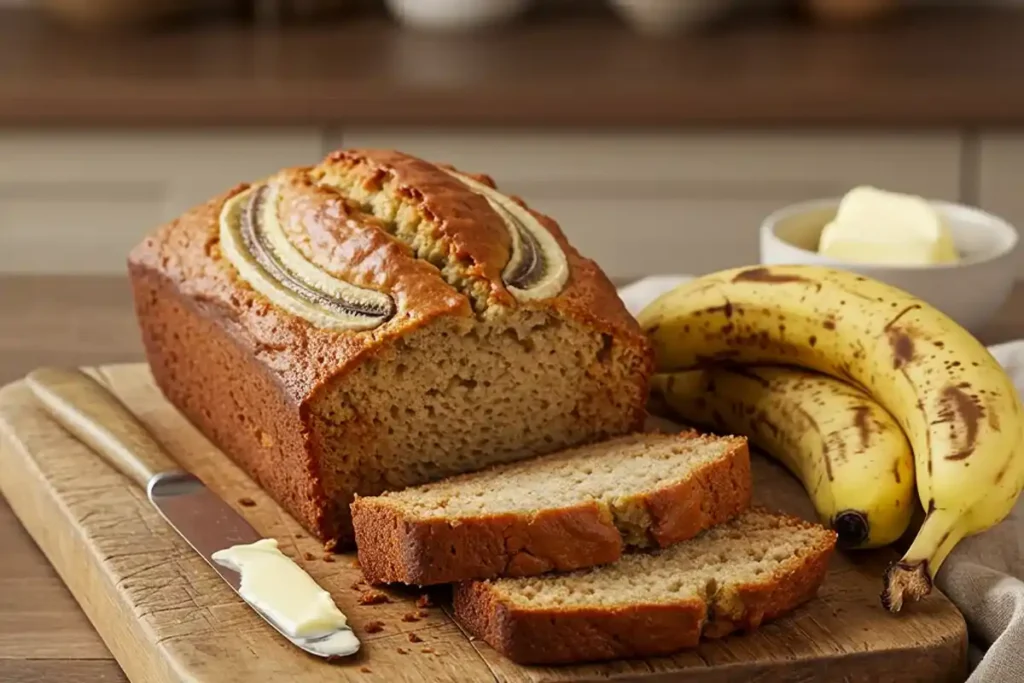
- Delicious Churro Cheesecake Bars Recipe – Easy Dessert Delight!
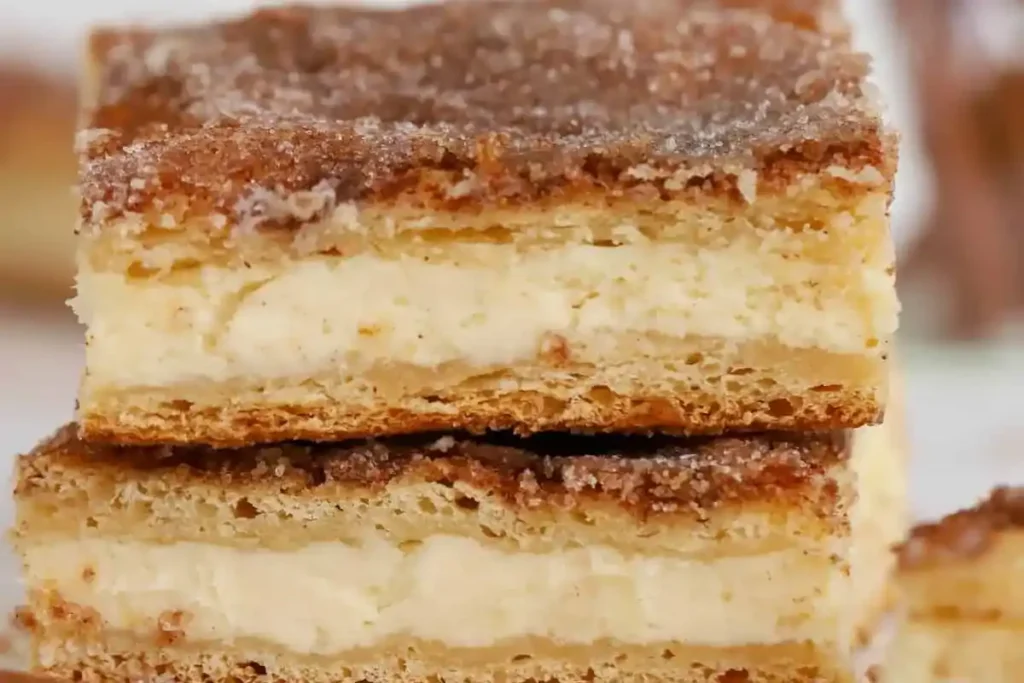
- Sure Jell Recipes: How to Make Perfect Jams & Jellies
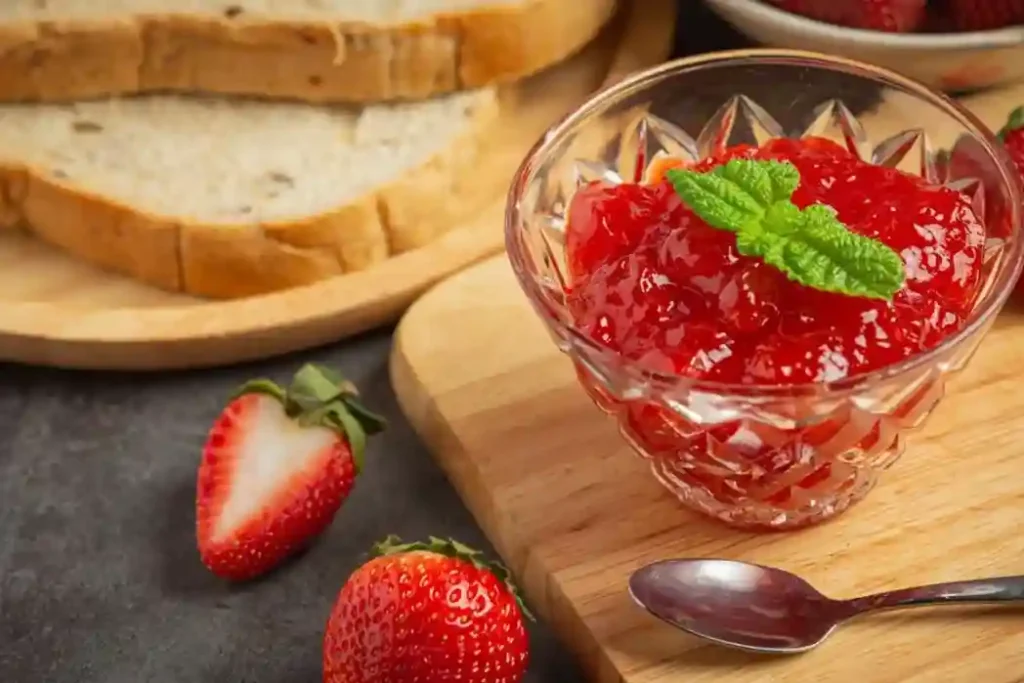
- Delicious Steelhead Trout Recipe: A Flavorful Guide
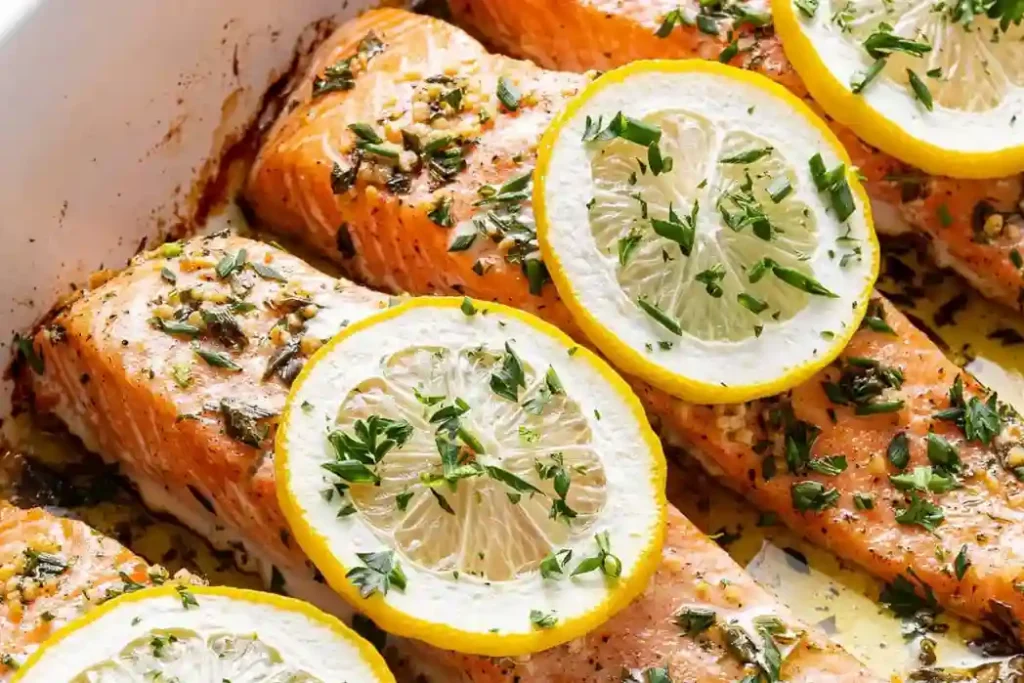
- Ultimate Peach Crumble Recipe: Sweet & Crunchy Delight
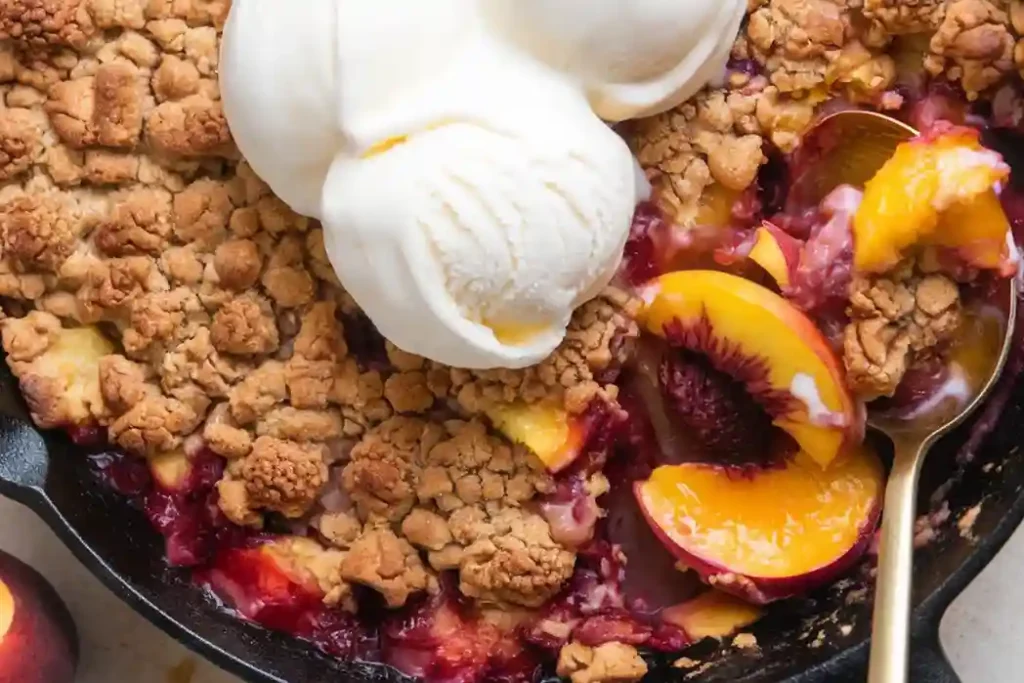
- Easy Step-by-Step Brioche Loaf Recipe for Perfect Breakfast Bread

